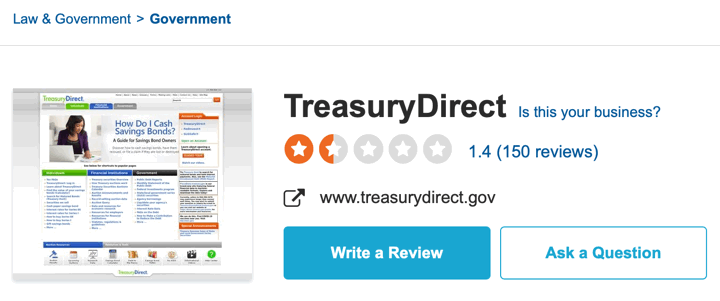If you’re over 55 and have no nest egg, you’re definitely not the only one with some catching up to do.
Almost half (48%) of U.S. households headed by someone 55 or older have no retirement savings, according to U.S. Government Accountability Office’s most recent estimates.
Don’t miss
Compare that state of affairs with the common advice that you should have six times your salary held in retirement savings by age 50. Does this mean that half of America’s 55-plus population should be panicking?
In a word, no.
If you’re in this key age group and have no savings, a comfy retirement may seem out of reach, but there are three key steps you can take right now to catch up in the race to reaching your retirement goals.
Cut expenses
Many American households aren’t saving enough because there isn’t much left over after expenses each month.
The average household income in 2022 was $94,003 before taxes, while average annual household expenditures — including housing, transportation and food — added up to $72,967, according to data from the U.S. Bureau of Labor Statistics. After taxes, that means the average American households’ funds are almost all gone.
If this sounds like your budget, start taking a hard look at your spending. Be honest with yourself about which expenses are wants and which are needs. For instance, could you cut back on takeout and delivery? Could you choose a less expensive vacation? Could you make do with a used car instead of a new one? You may have to make some sacrifices now to ensure financial security in the future.
Don’t forget about tax deductions
Taxes are an expense that many households often forget to consider. Ensure you’re taking advantage of all possible deductions.
In some cases, it might make more sense to itemize deductions rather than take the standard deduction (this could be the case if you pay a lot of mortgage interest or have business-related expenses). On the other hand, the standard deduction is higher for people over 65 years of age.
Read more: Thanks to Jeff Bezos, you can now cash in on prime real estate — without the headache of being a landlord. Here’s how
Maximize contributions to 401(k)s and Roth IRAs
Once you’ve cut back on expenses, you’ll need to start ramping up your savings.
If you’re offered a 401(k) plan through your employer, consider contributing as much as you can up to the allowable limit. The 401(k) employee contribution limit for 2024 is $23,000, but if you’re over 50, you get a catch-up contribution limit of $7,500, which means people over 50 can contribute up to $30,500 a year.
Even if you can contribute only a fraction of that, the power of compound interest means that your account balance could add up significantly over the next 10 years.
The tax-deferred nature of 401(k)s — i.e., you don’t need to pay tax on the contributions or investment earnings until you withdraw the money in retirement — may help you find some wiggle room in your budget.
Since 401(k) contributions are deducted from your taxable income, maxing out your account might result in a tax refund, which you could then reinvest in additional contributions, setting off a virtuous cycle of tax savings and reinvestment.
There’s also the Roth IRA. Contributions are made with after-tax dollars so you won’t get a tax deduction today, but your investment earnings grow tax-free, and withdrawals can be made tax-free after the age of 59 and a half if the account has been open for at least five years.
The yearly contribution limit for 2024 is $7,000, with an allowable catch-up contribution of $1,000 if you’re over 50. Use the tax-free income to help stretch your retirement dollars further or to give yourself a little breathing room.
Draw retirement cash from existing assets
Not all of your retirement income needs to come from investment accounts. For example, you might consider a home equity line of credit (HELOC) to provide some liquidity in retirement.
However, tapping into the equity of your home is a complex decision you should take into account for market conditions and tax consequences.
For a decision as big as this one, consider consulting a professional financial adviser who can provide you with options and advice specific to your financial situation and retirement goals.
Instead of taking out a loan, another option is to downsize your home and use that equity to help fund your living expenses or pay off debts.
You could also consider tapping the cash value of your insurance policies (if you no longer need them). Again, this should be discussed with your financial adviser or insurance broker.
While it can be frightening to reach the age of 55 without any retirement savings, these steps can help you start building your way to the retirement life you want to live — but now’s the time to start.
What to read next
This article provides information only and should not be construed as advice. It is provided without warranty of any kind.










